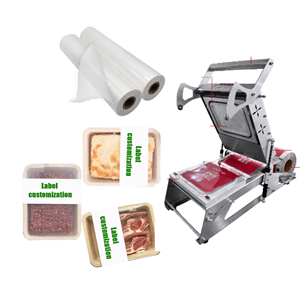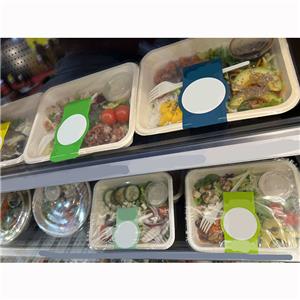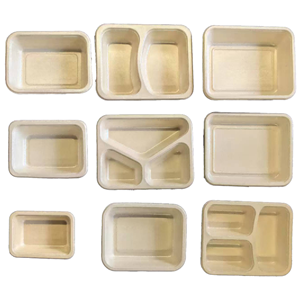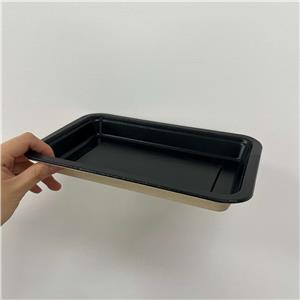What Are Biodegradable Straws Made Of?
Biodegradable straws have become very popular in recent years, especially as people are looking for alternatives to plastic to help protect the environment. But what exactly are these straws made of? Let’s explore some common materials used to make biodegradable straws, why they’re better than plastic, and how they break down in the environment.
1. Plant-Based Materials
Many biodegradable straws are made from plants, such as sugarcane and cornstarch. Sugarcane straws, for example, are crafted from leftover sugarcane pulp, which is the fiber left after the juice has been squeezed out of the sugarcane plant. This fiber, called bagasse, is both strong and biodegradable. It can hold up well in cold or hot drinks and will naturally break down after use, especially if it ends up in a compost pile or in the soil.
Cornstarch straws are made from polylactic acid (PLA), a substance derived from corn. PLA is also biodegradable, but it needs specific conditions to decompose properly. This material is good for making straws because it’s sturdy and can be molded just like plastic. However, PLA needs a commercial composting facility to fully break down, meaning it doesn’t degrade as quickly in a natural environment.
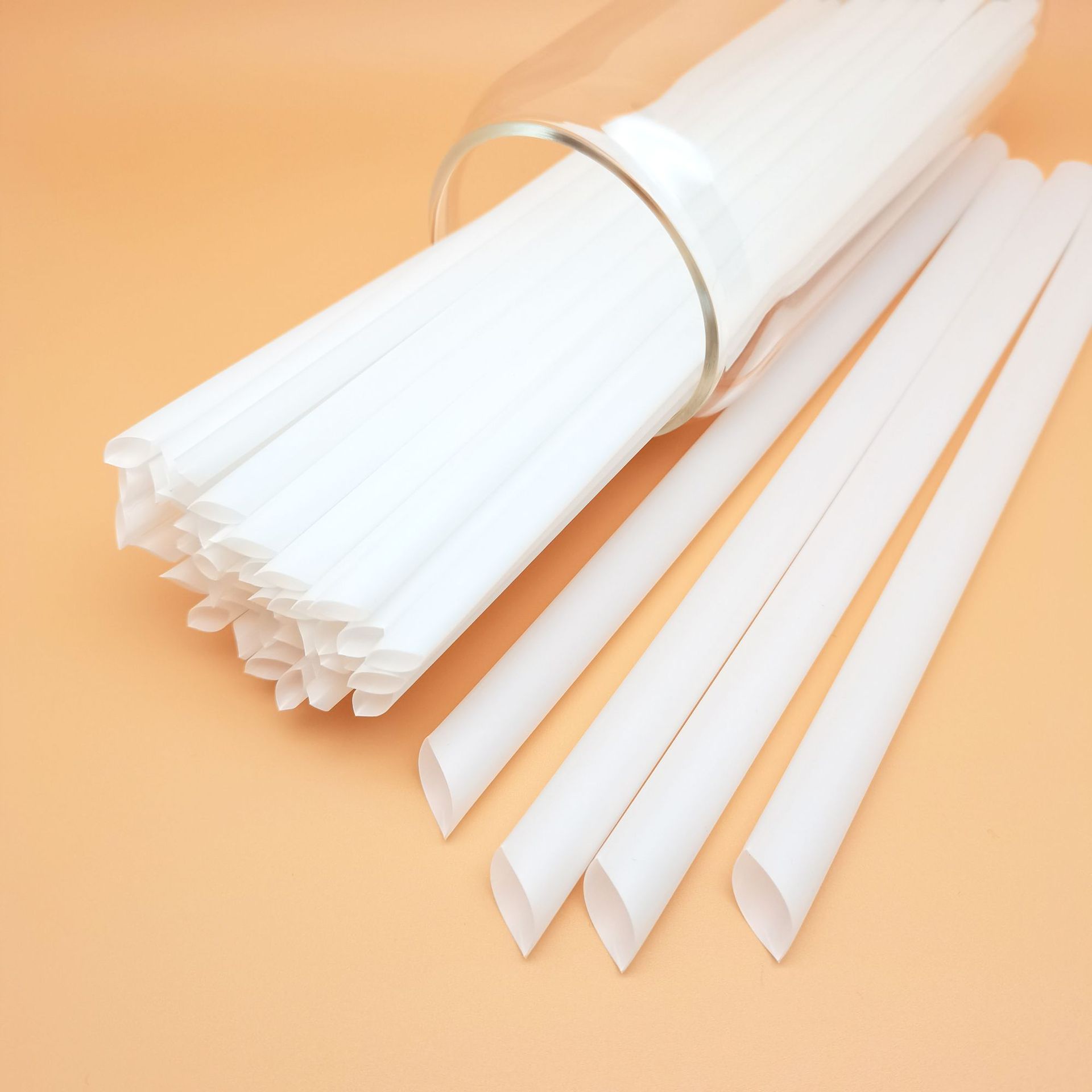
2. Paper Straws
Paper straws are a common alternative to plastic ones. They’re made from layers of paper that are glued together, and the paper is often sourced from sustainably managed forests. These straws break down more easily than plastic or PLA straws, especially in water. They are also generally safe to throw into a compost bin where they will naturally decompose within a few weeks.
The downside of paper straws is that they can become soggy if left in a drink for too long. However, they are a great option for short-term use and are often preferred in cafes and restaurants that prioritize eco-friendly choices.
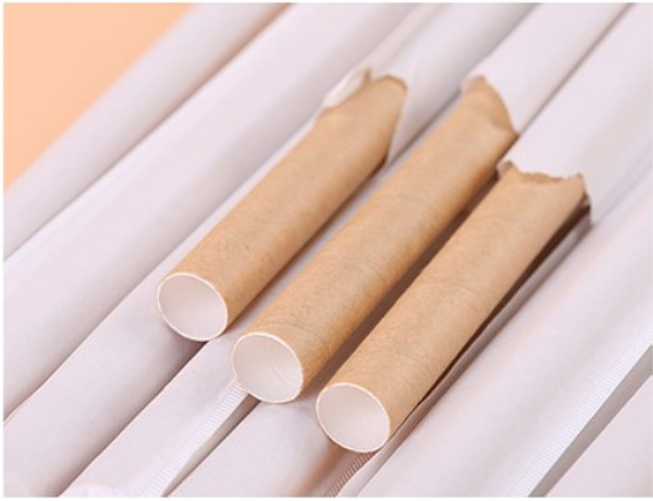
3. Rice and Wheat Straws
Some biodegradable straws are made from natural materials like rice and wheat. Rice straws are created by combining rice flour and tapioca starch, then molding the mixture into straw shapes. Wheat straws are even simpler: they are made from the hollow stems of wheat plants, so they require very little processing. Both types of straws are completely natural and will biodegrade easily.
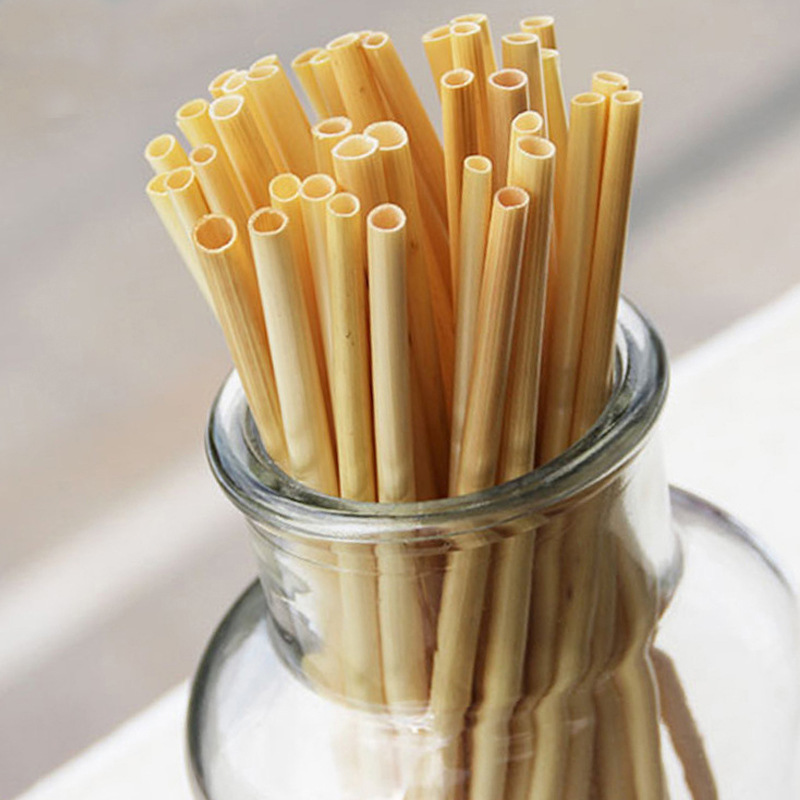
One big advantage of rice and wheat straws is that they can be safely eaten by animals if they end up in the ocean or other natural habitats. They don’t last as long in drinks as plastic or PLA straws, but they are a good choice for one-time use.
4. Agave Straws
Another plant-based option is the agave straw, made from the fibers of the agave plant, which is the same plant used to make tequila. Agave fibers are durable a
nd biodegradable, and agave plants can grow in dry environments, making them an environmentally friendly choice. These straws are tough enough to last through an entire drink, yet they will eventually break down if composted or left in the environment.
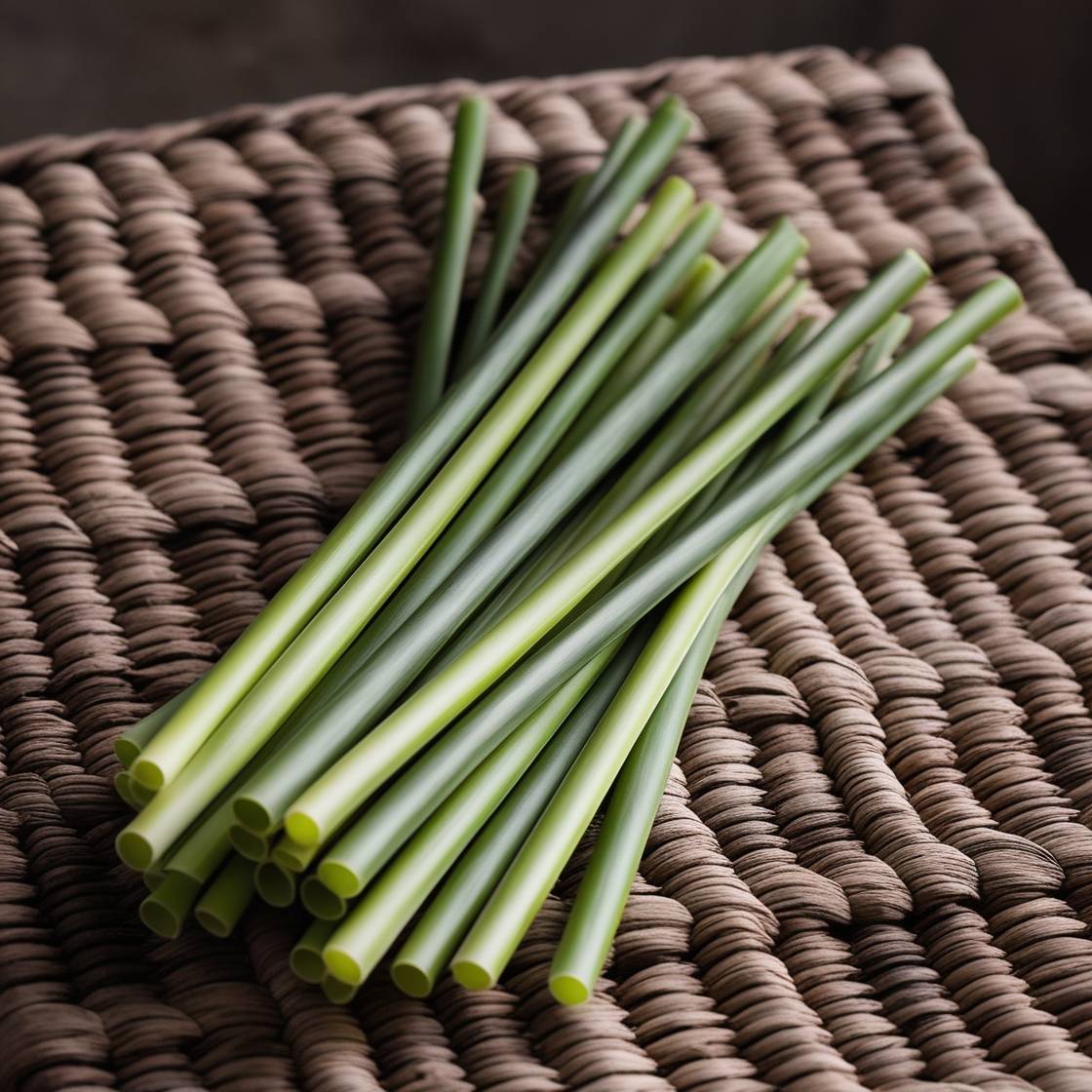
Why Biodegradable Straws Are Better Than Plastic
Traditional plastic straws are made from materials that can take hundreds of years to decompose. Because of this, many plastic straws end up in the ocean, harming marine life, or they pile up in landfills. Biodegradable straws offer an eco-friendly alternative because they can break down within a few months to a few years, depending on the material and environment.
Most biodegradable straws can be composted, either at home or in an industrial facility, meaning they turn into natural, harmless materials much faster than plastic. These natural materials are less likely to cause harm to animals or plants if they enter the environment.

How to Choose the Right Biodegradable Straw
When choosing a biodegradable straw, it’s important to consider where it will be used and how quickly it needs to decompose. sugarcane straws are a standout choice among all these options. Made from leftover sugarcane pulp (called bagasse), they’re not just biodegradable but also really durable. They handle hot and cold drinks well, unlike some straws that get soggy or flimsy. Plus, because they’re made from plant waste, they’re not only eco-friendly but also help make use of materials that would otherwise go unused.
In the end, choosing biodegradable straws over plastic ones is a small step that can help reduce plastic pollution and protect our environment. Whether they’re made from sugarcane, cornstarch, paper, or seaweed, these eco-friendly straws offer a responsible and sustainable alternative that can make a difference for our planet.

